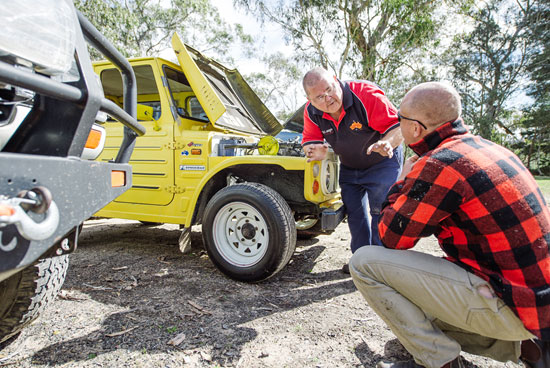
1. DO A COURSE
If your 4x4 is in any way reliable, it'll cost you thousands. Yet a good 4x4 course costs just hundreds. What that 1-day course will do for you though is genuinely open doors to one of the world's finest recreations. And there's a bonus – think of a course as cheap insurance. By doing a course, you're theoretically far less likely to drown your vehicle in an ocean or river, or up to the windows in mud. There are excellent accredited operators that run all manner of courses around Australia, so you can take your pick. Most 4x4 clubs also run regular driving and recovery courses.
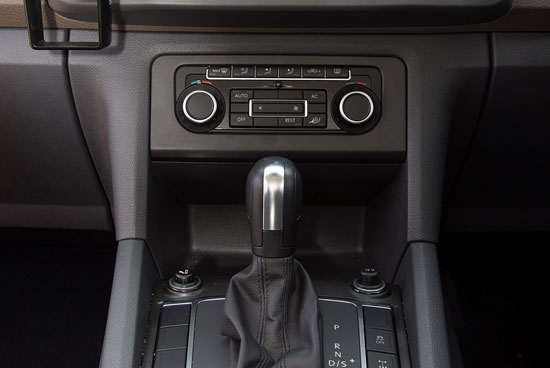
2. BUY AN AUTO
In steep terrain, the control afforded by low range and a manual transmission is hard to beat. But other than devilishly steep hills, an automatic transmission is better for the beginner. While the beginner in a manual transmission is busy shifting gears, losing momentum, and getting bogged, the driver with the auto just felt some slippage, tapped the right pedal and sailed right through. And the same goes for momentum-sapping sand. When your vehicle starts to bog down in soft sand, your best bet is to accelerate. In an automatic, that's as simple as leaning on the gas pedal some more. Not so with the manual. If you're really quick at shifting, you might save it and not bog, but if not, say hello to your recovery kit.
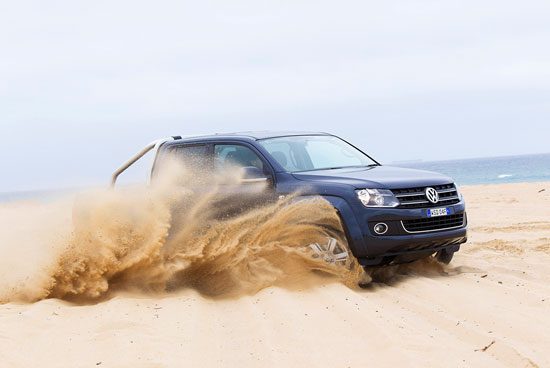
3. STOP SPINNING WHEELS
4x4 magazines are littered with examples of wheels up in the air and tyres spinning. To the uninitiated, they do look kind of cool. But when you know what you're looking at, you're actually looking at a driver that has fluffed it. Wheels up means no traction and the wrong line. Try and keep your tyres on terra firma where possible. And if you do start spinning your wheels in soft terrain like sand and mud, stop immediately. Many beginners keep their foot on the gas until long after the vehicle has stopped, burying the vehicle even further into the mire. Oh, and there's a serious side benefit to not spinning wheels; you'll be keeping the track in good condition for the next soul that drives through.
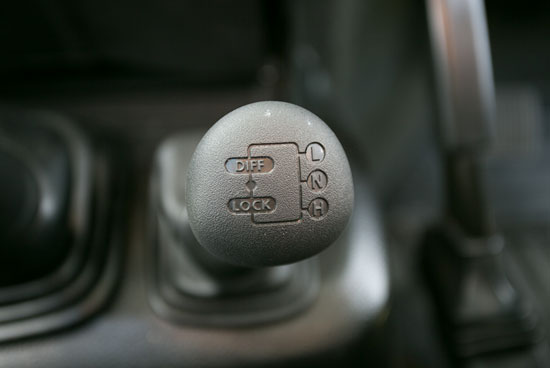
4. INSIST ON LOW RANGE
New 4x4 ads will bombard you with their dazzling array of 'electrickery'. The big one these days is some sort of Hill Descent Control or Assist. All of this is fine, but at the end of the day, it works off the vehicle's brakes. Under extreme use, or with a camper trailer on the back, brakes can fade and fail. Far better to rely on a low range gearbox, which uses the engine braking on the vehicle to slow it down. Plus, the low range lever (or button) allows you better control of the vehicle on all off-road surfaces – sand, mud, snow and rocks – so it's a serious long term bonus.
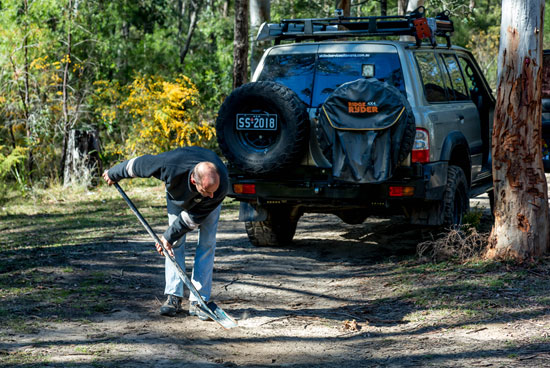
5. GRAB A SHOVEL
It's hardly the sexiest accessory, but it's probably the most used and cheapest tool you'll buy (that is, if you don't already own one). The shovel has many and varied uses from digging sand out from under your bogged vehicle, to throwing coals on the top of your camp oven for roasting, to going to the loo in the bush. It's for this last reason that I prefer the long-handled shovel! Somebody say 'de-bogging'? Curse my 'dad' joke…
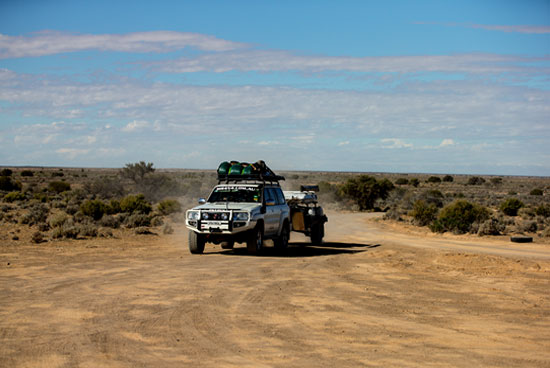
6. START EASY AND THEN WARM UP
It sounds obvious to start on easy tracks and then warm up, but exactly what constitutes an easy track? Personally, I reckon that coastal sand driving is a real trap for beginners. Particularly over the warm dry summer months, sand can be very light and fluffy, and extremely boggable (yes, that's a word I just invented). And then, if you get stuck below the low tide mark, you can say goodbye to your vehicle. Trust me, as a 19-year-old, I did this and saw a king tide rip the body off the chassis of my Land Rover.
So stick to formed trails with a firm base, and definitely don't drive slippery clay-based tracks after rain. Once you're comfortable with light duty hills and terrain and have done some more reading, then it's time to hit the harder stuff.
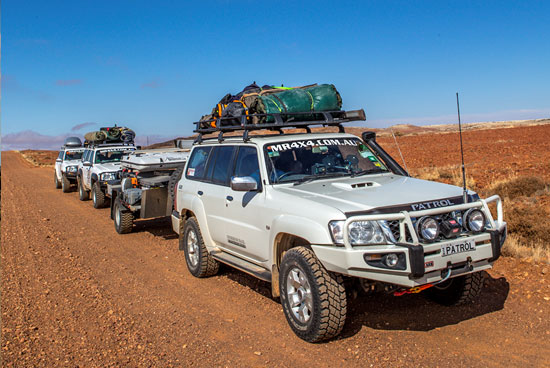
7. GO WITH A FRIEND, OR JOIN A CLUB
If you were on a race track, it would make sense to follow Craig Lowndes to work out the best racing line. It's no different with 4WDing. Following a friend through an obstacle, or even better, having them guide you through, is a great idea. This way, you'll get the sensation of driving some serious terrain, without the damage bill. And when the inevitable happens and you do get stuck, a snatch or winch recovery with another vehicle is always the quickest and easiest. 4x4 clubs are also brilliant when it comes to remote travel, as the sharing of spare parts and sat phones etc can really save the hip pocket.
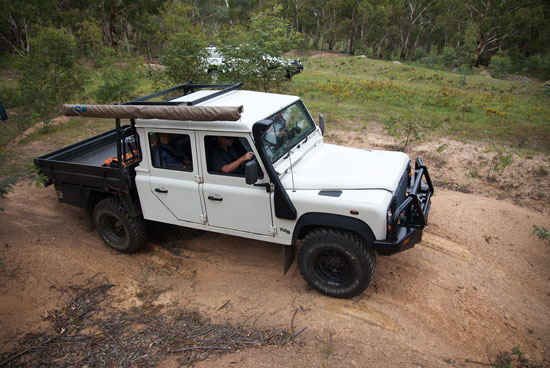
8. BUY SOMETHING RELIABLE (which could also be slightly boring)
If it's exciting to look at and gets your blood pumping, then it's almost certainly not reliable. This is the sad truth of most 4x4s. If it's built in an Asian country, then it's probably as reliable as the day is long. If it's built in a third-world country with a name you can't pronounce, then the law of averages says it won't last in the Aussie bush. Also, beware of the 4x4 that advertises in Vogue magazine – that's never a good sign.
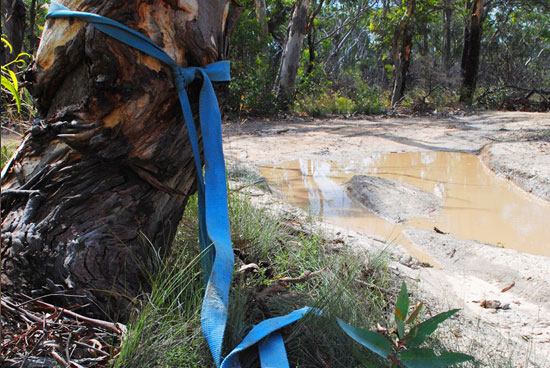
9. STEER CLEAR OF ABSOLUTE BARGAINS
The old saying “If it sounds too good to be true, it probably is” certainly applies to 4x4 accessories. Think about it. If you demand that a company in China builds your awning for a price, how can they grow their company and their profits? Easy. Simply strip some weight out of those already skinny poles. Use lightweight plastic joints. Lighten the weight of the canvas, etc.
I'd recommend sticking to the known brands whenever possible. And beware of the seemingly good looking brands that have no history. Many dodgy companies are simply rebranding the same dodgy gear nowadays after social media slams their products. Sad really.
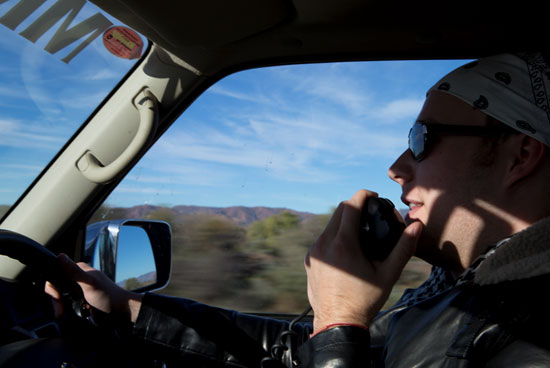
10. FRIDGES BEAT ESKYS
You don't realise just how reliant you've become on fridges until you hear the esky sloshing around the back of your fourbie, with the bangers floating in the unholy broth. The fridge at first seems expensive – particularly when compared to your stand up house fridge – but it's usually better built and will be able to take a pounding off-road.

